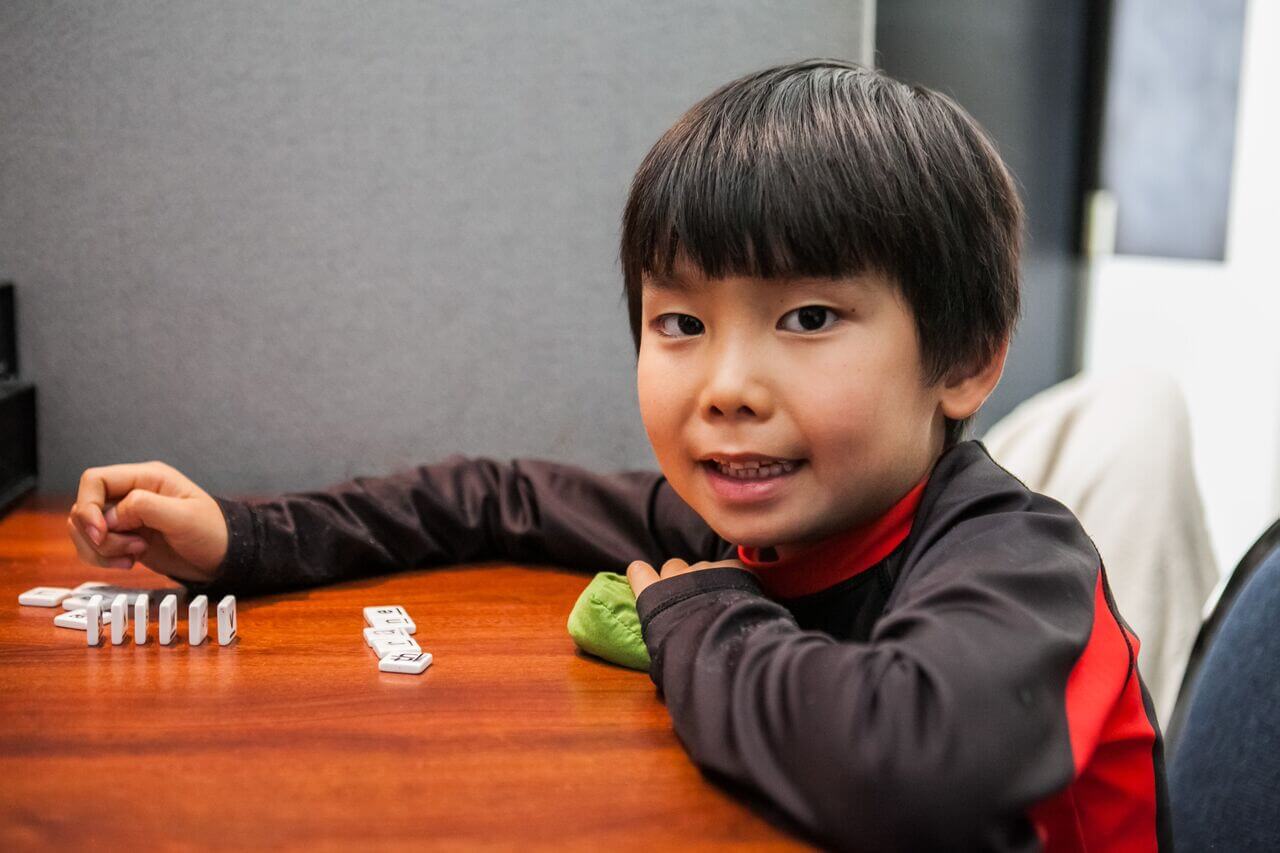
Hungry students have a hard time learning! Snacks can be critical for ensuring that students are able to get the most from their learning experiences. However, some foods can actually make learning more difficult for a student. Here are some guidelines and suggestions for snacks that will enhance your student’s learning experience, whether at school, during a tutoring session or after-school activity, or while doing homework at home.
1. No nuts, please!
- Many kids these days have nut allergies. Avoid bringing nuts to school or other learning environments (including the Literacy and Language Center!). Have your child wash their hands with soap if they eat nuts before going to school or another educational center. Make sure to check granola bars, cracker sandwiches, and other packaged snacks for peanuts or other nuts.
2. Avoid sugary snacks, including “hidden” sources of sugar
- Many students have a markedly more difficult time staying on task after consuming sugary snacks. Even yogurt, granola bars, fruit juice, smoothies, and canned fruit cups can contain high amounts of sugar and should be avoided. If your child is begging for something sweet, try whole slices of fruit instead (and pair with a protein! See below).
3. Include nut-free proteinPreview Changes
- Including a nut-free, low-sugar protein in your child’s snack can help them feel satisfied and stay on-task and energized throughout their learning experience. We recommend the following snacks, especially when paired with fruits and veggies:
- Cheese (pair with apple slices, figs, or berries)
- Low-sugar yogurt (pair with fruit and/or low-sugar, whole grain cereal)
- Hard-boiled eggs
- Sunflower seed butter as a replacement for peanut butter (pair with carrot sticks, apple slices, or bananas)
- Roasted pumpkin or sunflower seeds (pair with raisins)
- Jerky (check the sugar content, as some jerkey contains a lot of sugar)
4. Avoid extremely messy snacks
- Our programs are multi-sensory. Many of our kiddos are constantly touching different textures and surfaces, such as rainbow rice, kinetic sand, and fabrics (including our carpet and dividers!), in addition to using various writing utensils. Even in other learning environments, many energetic, young kiddos want to touch everything around them–it’s part of learning! Extremely sticky or messy finger snacks (hot cheetos, anyone?) may not be the best choice for energetic little ones to have in their learning environments.
- Keeping snacks in containers with a lid can also help educators make sure that students get to eat but can also put their snacks aside during particular tasks and if they become too much of a distraction.
For more information, check out the following links!
- For brain-boosting foods, click here and here.
- For more healthy snack ideas, check out this link, and this one

Recent Comments